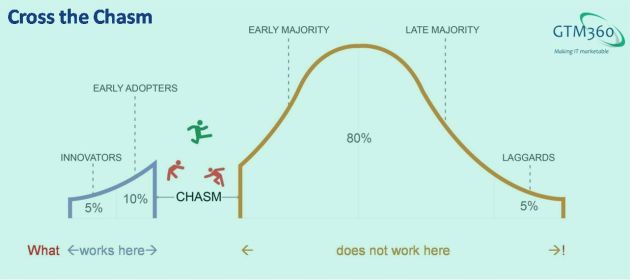In a previous blog post titled Customers Of The World Unite, You Have Nothing To Lose But The Call Center Hold Music, I’d written about customer service via social media and how it could be a great experience for customers of airlines, banks, insurers, mobile network operators and other service providers. We now look at social media customer service from the perspective of service providers to figure out “what’s in it for them”. Unless service providers derive some benefits from this channel, we can be sure that most of them will simply shut it down, citing budget, ROI or compliance reasons.

A recent study by Aspect found that “consumers get most frustrated with their banks and insurance providers when communicating with them through the contact centre, affecting cross-selling and upselling opportunities and resulting in loss of customers.”
I can vouch for this based on my personal experience on several occasions, most recent of which was when I wanted to upgrade my smartphone’s 3G plan (see How Mobile Network Operators Can Use Mobile Apps To Boost ARPU for my experience with that transaction). As I’d pointed out at the time in my post titled Whither Cross-Selling And Upselling With eBills And eStatements, I circumvented the pain of dealing with the MNO’s call center by sending a tweet to its Twitter handle. I got a call back from its CSR and was able to conclude the transaction by sending out my order confirmation for the upgrade by email.
Even if my behavior is not representative of the average customer, service providers will likely find social media to be far more effective for cross-selling and upselling than call centers. And here, in the so-called QRC (Query Request Complaint) Framework, lies the business case for social media customer service. While customer service generally refers to logging and redressal of Complaints, many service providers find that up to 40% of incoming communications are related to Queries and Requests about new products and services – not complaints.
- Query: What 3G plans do you offer?
- Request: Please send me a paper bill ASAP.
- Complaint: My printer has stopped working.
As we can see, the Q and R in the QRC framework represent upselling and cross-selling opportunities.
By using social media as the primary channel to capture customer queries, requests and complaints, service providers have the opportunity to engage more deeply with their customers in their preferred channel, thereby improving customer satisfaction and boosting revenues.
Having said this, my behavior might not be representative, so service providers still have some work to do in this area. The aforementioned Aspect study also found that “social media are not considered by consumers to be main methods of communication”. So, service providers need to make their social media channel more visible and encourage their customers to use it. More on that in a later post, but since I’m personally sold on this channel, I can’t resist adding my two bits for customers immediately:
- You can achieve a lot more with a 140 character tweet than a call lasting 140 seconds / minutes.
- If you’re not comfortable with Twitter alone, use the telephone in addition. To paraphrase a famous saying by Al Capone, you can get a lot more done with a call and a tweet than with a call alone.
and ending with this clarion call:
Customers of the world unite behind social media customer service. You have nothing to lose but the call center hold music.
